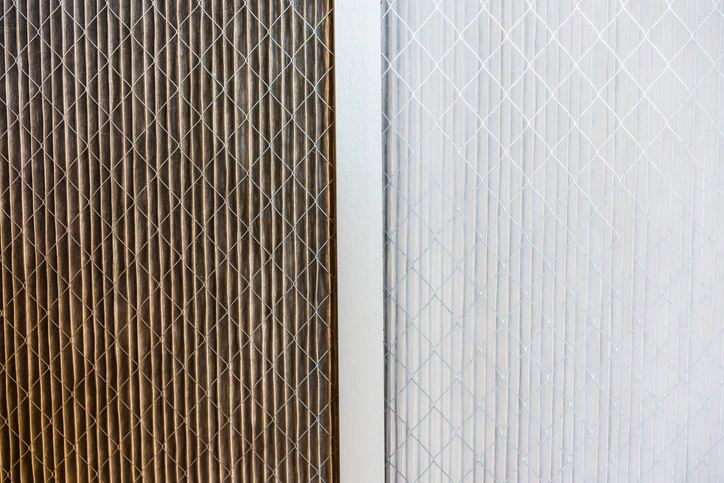Can Your HVAC’s Filter Actually Improve Your Indoor Air Quality?

Let’s Take a Closer Look at What Replacement Filters Are Capable Of
Good, responsible homeowners know they’re supposed to replace their HVAC filters every 60 to 90 days but few know what to replace them with. Do you go with the cheap and basic pleated filters or spring for the premium type that boasts allergen-protection technology? And what the heck is a MERV rating, anyway?
The indoor air quality experts at Aire Serv of Nashville will help you filter through the facts.
Understanding MERV
Most all filters display their MERV rating on the package, but what’s the difference between a MERV 8 and MERV 13 air filter, besides $20?
MERV stands for minimum efficiency reporting value. It measures a filter’s performance on a scale of 1 to 20. The higher the MERV, the smaller the particle the filter can trap.
On the low end, a filter with a MERV rating of 1 to 4 is capable of screening out larger particles such as pollen, dust mites and carpet fibers. A mid-tier filter with a MERV 5 to 8 captures all that and mold spores and dust mites. High-end filters (MERV 9 to 13) promise the most potential for improving your indoor air quality, sieving out tiny allergy triggers and airborne toxins.
Generally, filters with a MERV of 14 or higher are hospital-grade, removing microscopic allergens and viruses from the air. They’re usually not recommended for residential applications because the fabric is so tightly woven that the filter can restrict airflow, reducing your comfort and driving up energy costs. If you want the benefits of this type of filtration, ask your HVAC contractor if your central air system can accommodate 4- or 5-inch media filtration.
About Those Other Rating Systems
While shopping for a filter, you might come across packages displaying MPR or FPR. These are brand-specific ratings. MPR (microparticle performance rating) only applies to filters made by 3M. Likewise, FPR (filter performance rating) is Home Depot’s version of the MERV.
For what it’s worth, the MERV was developed by the American Society of Heating, Refrigerating and Air Conditioning Engineers in 1987 as a universal means of comparing filters. Unlike the other rating systems, MERV is equally concerned with filtration as it is with energy efficiency. (It’s what the ‘E’ stands for, after all.)
What Filters Can Do for Your Indoor Air Quality
Now that you have a better understanding of how to gauge a replacement filter’s performance, you might be tempted to splurge on the highest possible MERV available, especially if you’re looking for relief from seasonal allergies. Upgrading your filter will help some, but this simple pleated fabric is not a cure-all. Keep in mind, it’s only filtering air while your HVAC is running. In heating and cooling season, that means your central air unit is operating in 15- to 20-minute cycles a couple times an hour.
For continuous filtration, you could change the setting on the thermostat to the “on” position to keep the blower running between heating and cooling cycles, but you will run up your energy bill. Longer runtimes could also increase humidity. Humidity settles between cycles and drains through the condensate line.
Instead, it’s best to think of an HVAC filter as a supplement to more advanced indoor air quality solutions, such as whole-house air purifiers and UVC technology. Whole-house air purifiers are integrated into your home’s heating and cooling systems and typically filter by attracting allergens and irritants by electrical charge. UV filtration is another effective option, neutralizing viruses as they pass through the ductwork.
The indoor air quality specialists at Aire Serv of Nashville can discuss both of these options and others with you to dramatically improve your air. To schedule your appointment, call or contact us here.
 Click to call
Click to call


